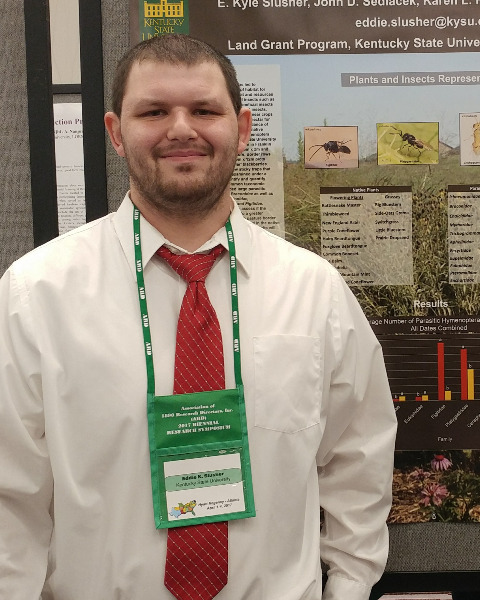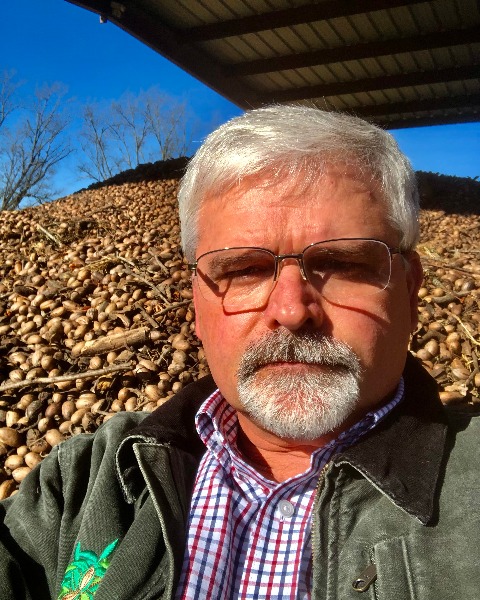P-IE
Student Competition 10-Minute Paper
Grad 10-min: P-IE, Biocontrol 3
Effects of vertical stratification on the abundance of pecan aphid parasitoid, Aphelinus perpallidus (Hymenoptera: Aphelinidae) in Georgia pecan orchards
On-Demand

Eddie K. Slusher
USDA-ARS
Centerville, Georgia- AA
Angelita L. Acebes-Doria (she/her/hers)
DKI US Pacific Basin Agricultural Research Center
Hilo, Hawaii 
Ted E. Cottrell
USDA-ARS
Byron, Georgia
Presenting Author(s)
Co-Author(s)
Pecans are one of the top ten agricultural commodities in Georgia. Key pests that concern pecan growers and oftentimes require management include aphids, particularly, yellow aphids and black pecan aphids. Excessive feeding by both species leads to decreased photosynthetic ability and foliar loss. Management through natural enemies is often explored as a sustainable method for pecan aphid management. Parasitic wasps such as Aphelinus pepallidus are argued to be the most valuable biological control agents in pecan orchards as they attack pecan aphids exclusively. However, the effects of environmental factors such as vertical stratification on A. perpallidus are poorly understood. This study examined the effects of vertical stratification on the abundance of adult A. perpallidus in two commercial orchards and in a research orchard plot from May – November in 2019 and 2020. At the commercial orchards, with shorter trees (6.1 – 9.1 m), yellow sticky cards were placed in the upper and lower canopy of pecan trees. At the research orchard, with taller trees (15.24 - 18.3 m), yellow sticky cards were placed at 6.1, 9.1, 12.2, 15.2 m in the tree canopy. All cards were deployed for a week to assess A. perpallidus abundance at different locations in pecan trees. In commercial orchards, A. perpallidus were significantly more abundant in the upper canopy than the lower canopy. However, A. perpallidus abundance did not significantly vary among the heights in the research orchard. This information can be useful for development of management plans for pecan pest management.


